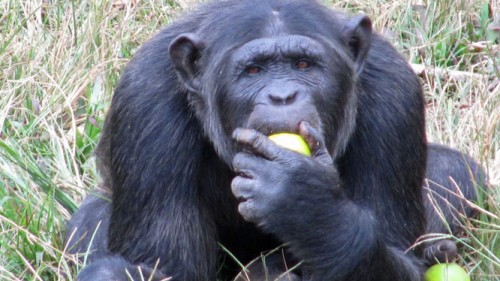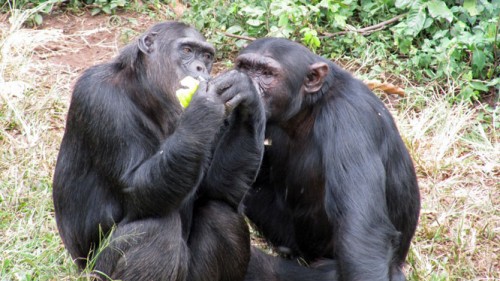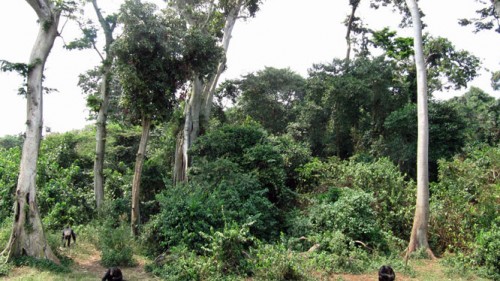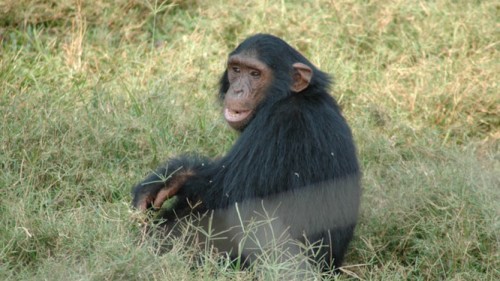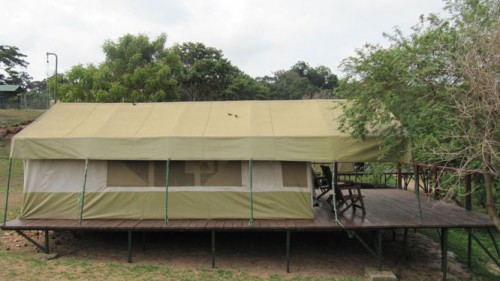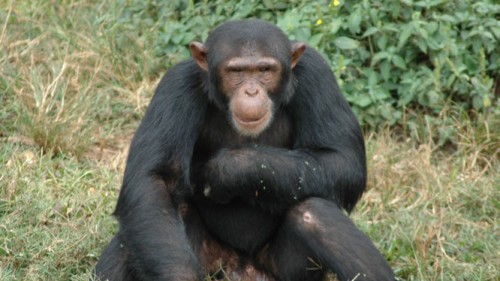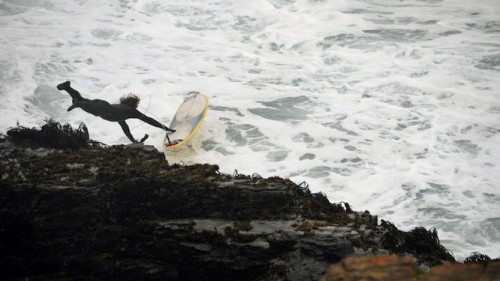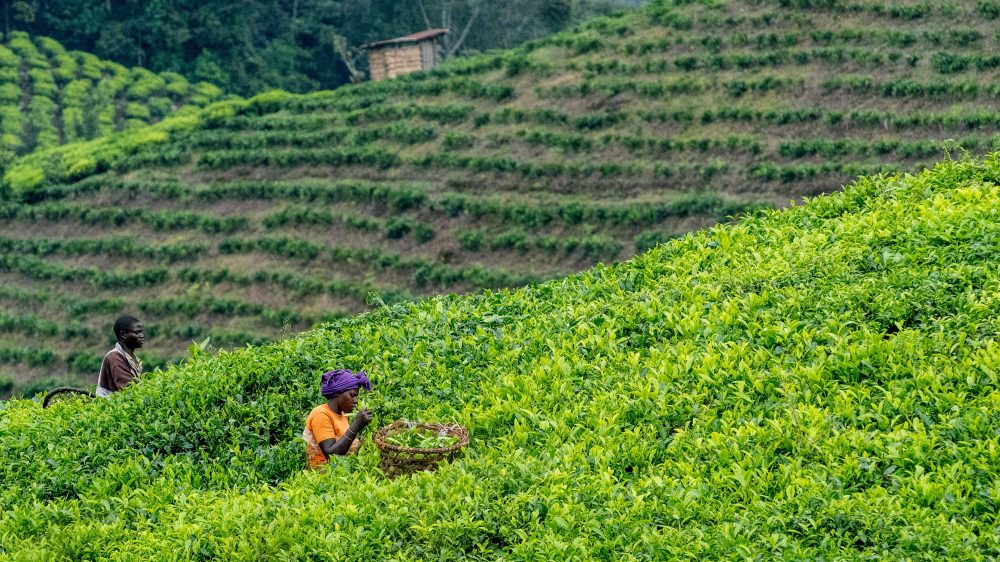98.4% Chimp
Growing up I used to think it might be cool to have a pet chimpanzee—kinda like Michael Jackson and Bubbles. Many years later, an enlightening visit to Ngamba Island Chimpanzee Sanctuary (NICS) made me glad my parents settled on a cat instead.
NICS was established in 1998 to care for confiscated chimps that could not be returned to the wild. Sadly, many of these chimps come from the pet trade. It was shocking to learn that young chimps can be bought for as little as $5 USD in some parts of Africa; and just as heart-breaking to learn that in order to abduct these youngsters, poachers usually end up killing several other family members who are trying to protect their babies.
NICS is located on an island in the middle of Lake Victoria, which is just a short boat ride from Entebbe, Uganda. The island is 100 acres in size, 98 of which are forested areas where the chimps can roam freely. You can visit NICS for an afternoon and observe a feeding, but visitors who spend the night at NICS can also participate in the Chimp Integration Program. This refers to the carefully planned introduction of new arrivals with a few of the more docile females in order to slowly build acceptance. For one hour, you will get the chance to meet these chimps up close and personal. Although I’ve always been a believer in evolution, an hour with the chimps left no doubt in my mind. We share 98.4% of our DNA with chimps, which makes them closer to humans than gorillas. Getting the chance to play with the chimps, hold their hands and tickle them (yes, they actually laugh) is a priceless experience.
The following morning, weather permitting, the Chimp Integration Program continues with a one-hour forest walk. We had read that some of the chimps like to be carried during the walk, but we were still surprised when Bili and Rambo approached us. I lucked out by carrying Rambo who was only 60 lbs, but my husband ended up with Bili on his back, and she weighed in at 120 lbs. The purpose of the walk is to get the younger chimps used to being in the forest. It was amazing to see their instincts kick in and watch them climb trees, swing from the branches and forage for food.
My time at NICS made me wish that places like this didn’t have to exist, but the sad reality is that habitat destruction and illegal poaching continues to threaten the ability of these chimps to survive in the wild. The money received by NICS from tourists and donors directly funds the operating costs of the sanctuary, but also fosters the development of alternative income sources (such as beekeeping and tree nurseries) in the communities that exist alongside the wild chimps.
Tourism is also making a difference. There are certain parts of Africa where wild chimps are thriving, like the Mahale Mountains in western Tanzania. Greystoke Mahale, a camp we know and love, makes a perfect home base for tracking Mahale’s wild chimps.
We could write something cheesy like ‘if you go ape for primates, give Lori a call to plan your next safari’, but that’s just not our style.
